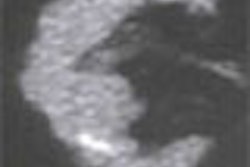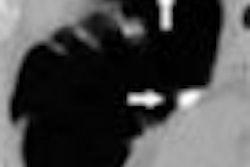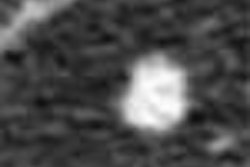Dear CT Insider,
CT-guided radiofrequency ablation of lung tumors remains experimental. But lung cancer patients and their doctors are delighted with the prospect of having a third nonsurgical cancer treatment option as an adjunct to chemotherapy and radiation.
How reliable is RFA? In today's CT Insider Exclusive, researchers from Pisa, Italy, and Los Angeles, CA, discuss their use of the procedure in patients with non-small cell lung cancer (NSCLC), the commonest and slowest-growing tumor type, seen in 70% to 80% of all lung cancer patients.
First, Dr. Riccardo Lencioni from the University of Pisa, a pioneer in the procedure, has begun a large multicenter trial of inoperable stage 1A NSCLC patients. So far his group has found no recurrent disease and few safety issues.
But Dr. Amanda Wallace and colleagues at the University of California, Los Angeles aren't so sure. They performed the interventional procedure in a group of mixed-stage NSCLC patients, and at the one-year follow-up, a few had developed recurrent disease.
It's too soon to tell whether RFA will turn out to be a reliable curative technique for patients, or if adjuvant or neoadjuvant chemotherapy might help clear up tumors that are too small to be seen on CT, the researchers conclude.
Also in this issue, thoracic CT has also been shown to detect pulmonary embolism incidentally, according to another study from Italy. The researchers hope that paying more attention to asymptomatic PE in chest CT acquired for other reasons will help trim undetected PE's sky-high death toll.
Finally, German researchers tested the low-dose limits of chest CT in 106 patients, concluding that their technique -- which produced no more radiation than a standard chest film -- was highly accurate for the detection of lung nodules.
Scroll through the stories below to stay abreast of the chest and more, all in this issue of the CT Insider.




















